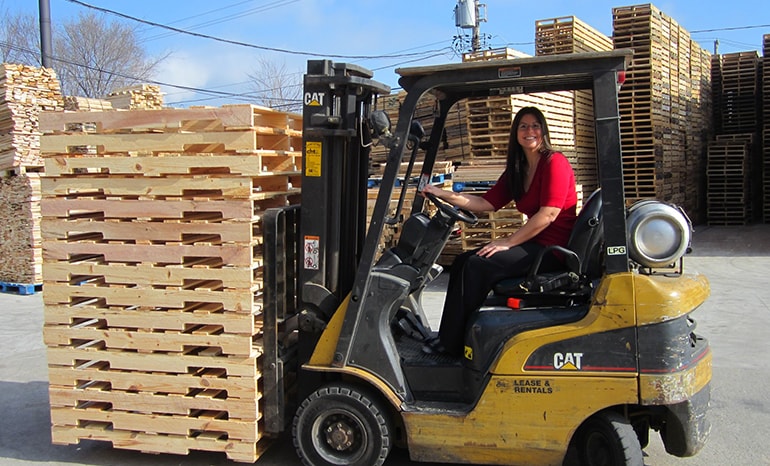Total pallet management – Which option is right for you?
If you’re in the market for a pallet management program program, ask these five questions to determine what matters to you and what you’re willing to pay for.
If you’re in the market for a pallet management program program, ask these five questions to determine what matters to you and what you’re willing to pay for.

A well-known ice cream chain offers 31 flavors of its delicious treat. With so many options, it can be hard to choose. The same can be said of pallet management. Should you handle it in-house or off-site and with what services? From sortation and repair to inventory management, picking the right variety can seem overwhelming.
But, taking your time to evaluate and determine the right pallet management program is worthwhile. In fact, many of the nation’s largest retailers and supply chains use Total Pallet Management (or TPM) because of its effectiveness.
If you’re in the market for a program to manage your pallets, consider the following questions to determine what matters to you and what you’re willing to pay for:
Answering these questions is the first step toward determining your path for pallet management. Of course, your pallet vendor should be able to assist in your analysis. Which brings us to another important topic—partnering with the right pallet provider. In next week’s blog post, we will cover how to select one for your unique TPM needs.
 Dec 28, 2022
Dec 28, 2022
Before we officially ring in the New Year, we are closing out 2022 with a fun post that focuses on the future of our employees. We asked a few of them to comment on what they are looking forward to experiencing in 2023. Here are their candid responses…
continue reading double_arrow Jun 23, 2021
Jun 23, 2021
If reducing carbon emissions is among your environmental and sustainability goals, you’re not alone. It’s a big, global initiative where little things matter a lot. Consider wood pallets and packaging. Although a small item in the supply chain, these products make a giant impact.
continue reading double_arrow






